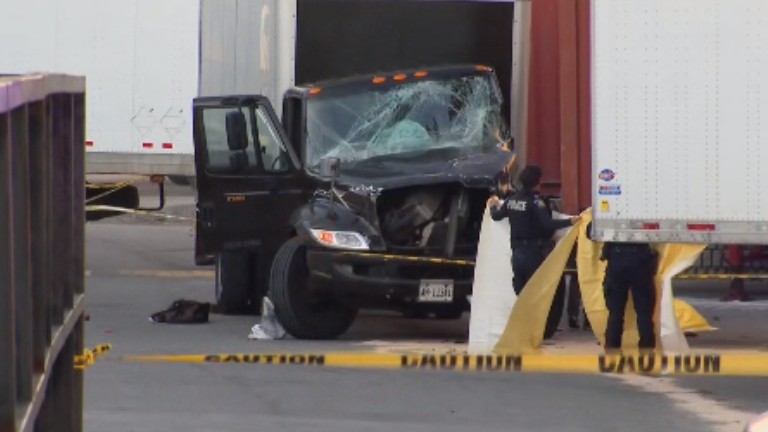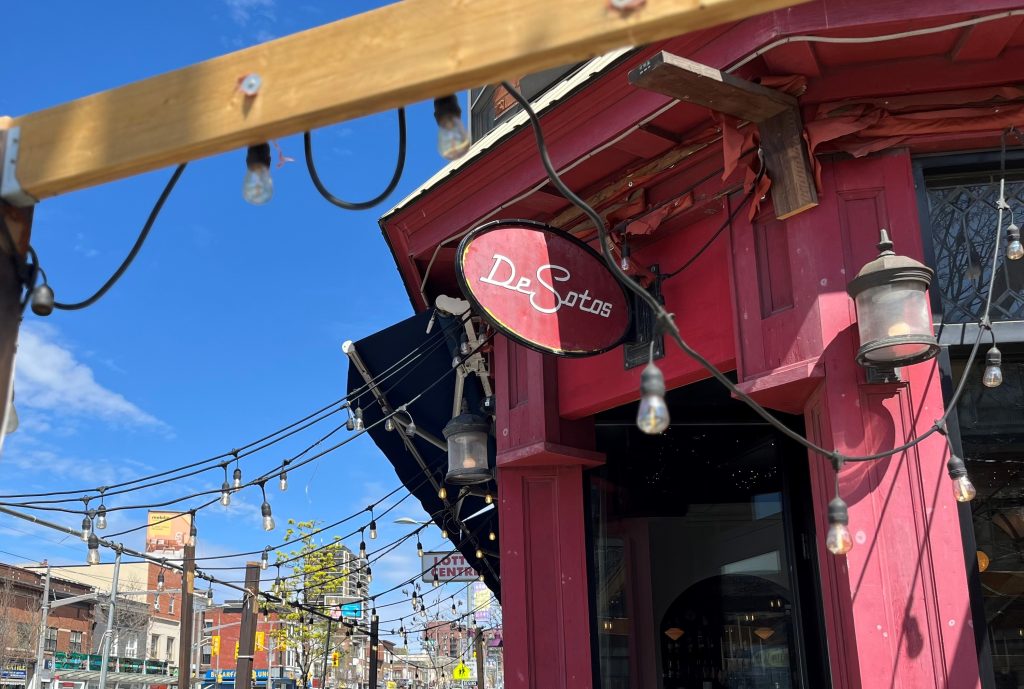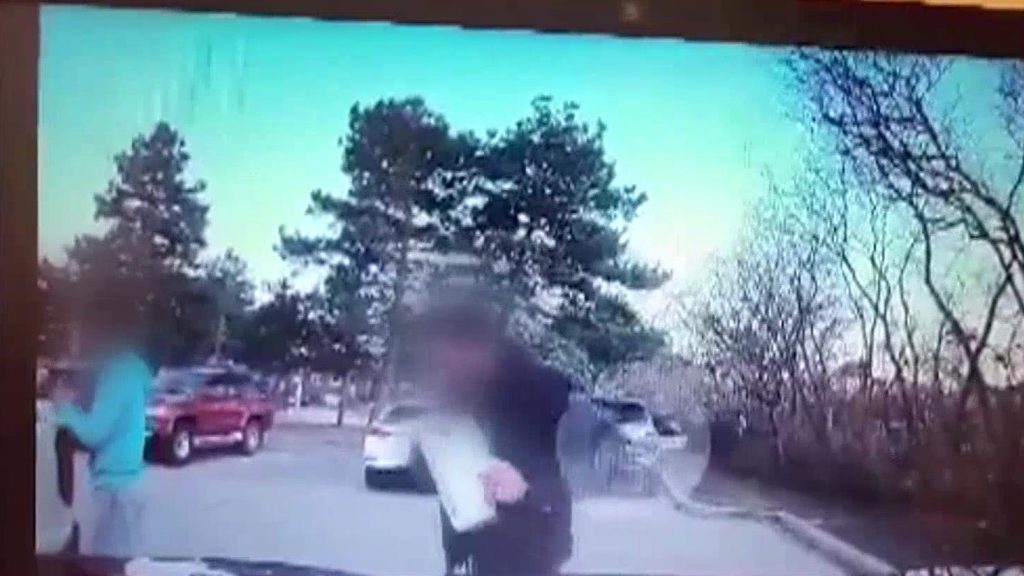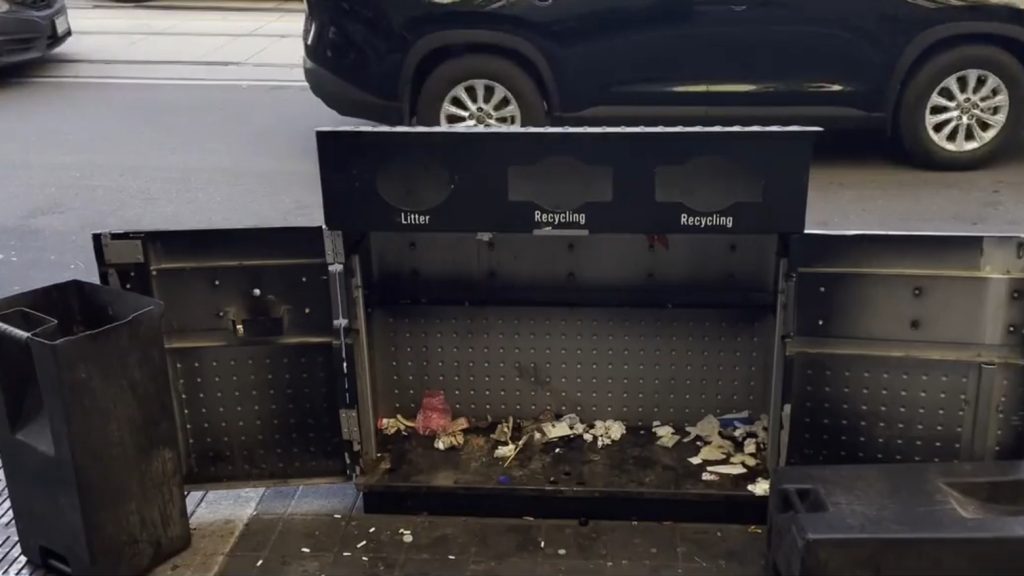Scientists charged after one caught smuggling dangerous germs out of country
Posted April 4, 2013 6:19 am.
This article is more than 5 years old.
Scientists familiar with contagions are scratching their heads over the arrest of a former federal government researcher who was allegedly trying to smuggle bacteria into China.
Klaus Nielsen, a former lead researcher with the Canadian Food Inspection Agency, faces charges in what police say was a scheme to illegally commercialize a testing device for Brucella bacteria.
The Mounties say Nielsen, of Richmond, Ont., and a fellow researcher, Wei Ling Yu, have been charged with breach of trust by a public officer.
Nielsen, 67, was arrested in October while on his way to the Ottawa airport.
A Canada-wide arrest warrant has been issued for Yu, although the 48-year-old woman is believed to be in China.
“From our investigation, we have learned that the pathogens were being used to develop brucellosis test kits,” RCMP spokesman Richard Rollings said Thursday.
“This investigation focused on the accused’s efforts to commercialize intellectual property that did not belong to them.”
University of Montreal professor Christian Baron says he and his colleagues are wondering why Nielsen would take the risk of transporting such a readily available bacteria on a plane.
“Brucella is actually a bigger problem in Chinese agriculture than here (in Canada),” said Baron, who is the director of the university’s biochemistry department.
“I really don’t see what the reason would have been.”
The Chinese could easily have found their own bacteria in cattle that are widely infected with the disease in their own country, he said.
And tests for the pathogen are also openly available around the globe.
“Brucella diagnostics is a well-established technology,” said Baron. “It’s not super expensive, it is widespread.”
In fact, Nielsen himself led a team that received a Canadian Food Inspection Agency technology transfer award in 2003 for developing a 15-minute test for brucellosis in cattle.
But it was only after the agency teamed up with U.S.-based Diachemix that it was able to develop the testing unit.
In a statement at the time about the success, the agency itself lamented the challenges of making the unit more cost-effective.
“The journey to developing this into a viable product has had its share of challenges,” the statement said. “The next challenge is to continue to decrease the per unit cost of the equipment, to make it widely affordable to governments around the world.”
Jean-Francois Legault, a specialist in biological, chemical and radiological security threats, said the case signals a need for better security precautions at the agency’s labs.
“What safety measures were in place to guard this stuff?” Legault said. “If it works once, it could work again.”










